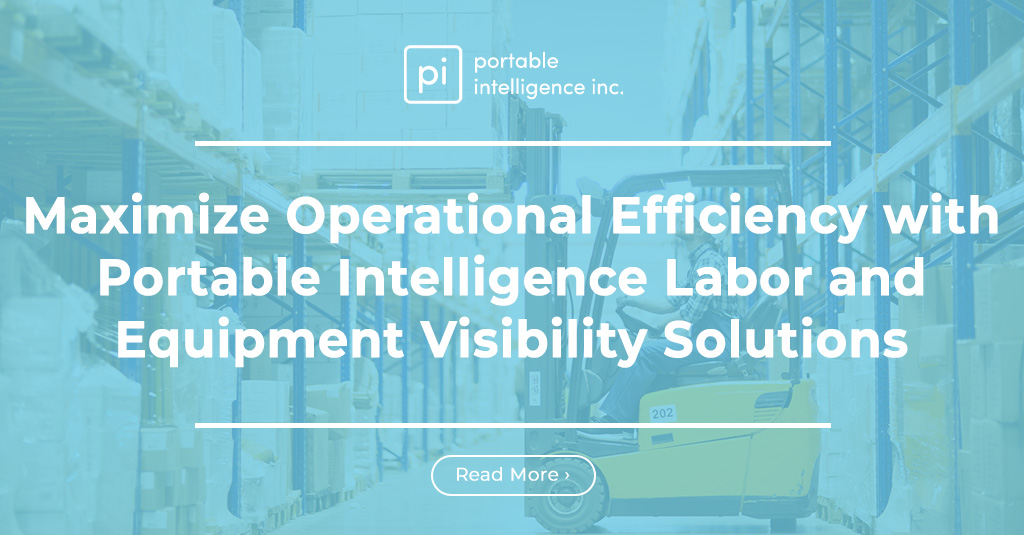Employee Motivation Defined
Employee Motivation is an urge from within oneself to carry out work-related tasks diligently as needed. This force is rooted in a psychological will to get a job done properly. It is as important for workers working in offices as it is for those in warehouses. The level of motivation an employee has will translate directly into how productive they are.
Is Employee Motivation Relevant in Warehousing?
A study by James P. Womack, the founder of the Lean Enterprise Institute found that when managers work together with employees to find solutions to problems, it is very effective in engaging the workforce.
The study focused on two distribution centers located in the same area. At the first center, workers were given more autonomy over their work while the second center utilized a partnership approach between employees and their managers. At the first center, the staff turnover rate was 70%, while the turnover was only 1% at the second over a period of one year. The second facility ended up with workers with a higher level of productivity and more experience due to them being highly motivated.
Working together with employees to solve problems results in them becoming much more engaged and creative.
Why Does Employee Motivation Matter?
The COVID-19 era has resulted in e-commerce stores experiencing an increase in demand, and this has led to an increase in demand for workers in the warehousing and logistics industries. Many more jobs have therefore been created in the industry to meet those demands. Many warehousing and logistics companies however find themselves struggling with ramping up onboarding and training for the increased number of employees.
This leads to many warehouses having to contend with high employee turnover rates, which only exacerbates the problem. According to the Work Institute, a conservative estimate for the cost of losing a single employee is $15,000. A high turnover rate will also lead to a reduced productivity level as it demotivates the workforce.
Worker motivation is also a key element to attract and retain the best talent and create a successful business. The easiest way to do this is to have proper processes for onboarding, development, and training in place.
Motivating Your Warehouse Workforce
Motivating workers is a very fast way in which you can boost productivity in a warehouse. Highly motivated employees will also more likely put in the required effort and help one another to get tasks completed on time. More importantly, they will likely stay with the company for a much longer time.
5 Easy Methods to Motivate And Engage Warehouse Employees
Safe Work Environment
Every employer should provide their employees with appropriate skills, knowledge, and equipment to perform the work safely. The simple truth is that workers won’t be happy about any job that is not safe. From ergonomics best practices to fire safety training, employers are both morally and legally bound to provide their employees with a safe work environment. This is one of the easiest ways to unlock motivation in workers.
Development and Training
There are many examples in the industry of companies that invest in the development and training of their employees aggressively. An Industry Today survey found that warehouse workers value development and training highly when it comes to deciding whether to stay with a company or not. It should therefore not be a surprise that companies such as Amazon invest $700 million per year in training their employees.
A company’s training programs should be both flexible and defined. It should also start on the very first day of employment by introducing the new employees to processes and policies during onboarding. Apart from drastically reducing turnover rates, investing in development and training will also motivate employees.
Setting KPIs
You should not stop after implementing the above when engaging your workers. The results produced must evaluate. A good way to do that is by using Key Performance Indicators (KPIs) such as shipping time, warehousing costs, the number of shipments, order accuracy, and transportation costs. KPIs should be realistic and always be compared with past results.
Gamification
When standards of labor are defined that all employees should adhere to, an atmosphere of healthy competition is created and this will keep workers engaged. Amazon uses a gamification process that determines how workers can move up in levels based on how much work they do. That also reduces their stress levels while improving interpersonal relationships during their play together. Another great way to make learning fun is to add quizzes to employee training. Including incentives for good performance will also motivate employees.
Respect Your Workers
An integral part of motivating workers is respect. There are several definitions for respect. These may include provisions for easily obtaining permissions and offering flexible work hours. Employees feel respected when they are involved in important decisions, especially those that affect their welfare or work processes. Holding periodic or monthly team meetings where important issues are discussed is another great way to engage with employees. These can also be used to table and analyze possible solutions to problems. The meetings can then be used to set performance standards and goals, or to review existing ones while considering penalties and rewards for poor performance and compliance respectively.
Conclusion
Productivity in a warehouse environment is linked directly to employee motivation and engagement. The best practices mentioned above should ideally be implemented during the onboarding process to keep employees engaged and prevent turnover rates from crippling your company.




